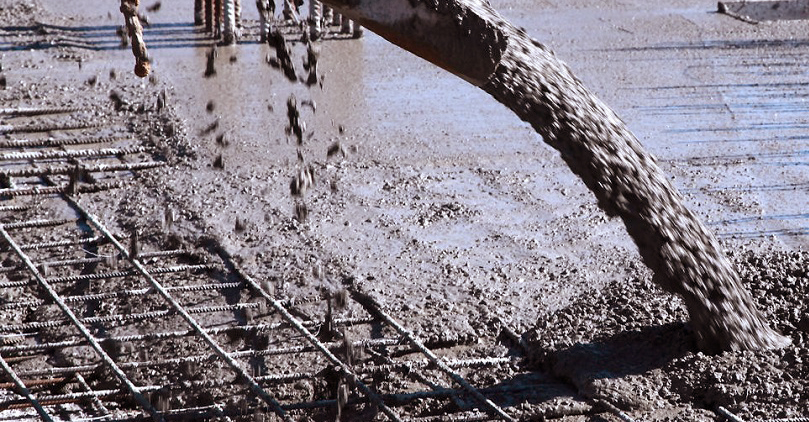Concrete Pouring in Cold Weather
Cold weather conditions for concrete pouring are defined as periods when the average air temperature remains below +5 °C for three consecutive days.
In cold weather, the decrease in temperature slows down the hydration of cement. This slowed hydration also reduces the rate at which concrete gains strength. As a result, the time required before removing formwork increases.

Concrete Pouring in Cold Weather (Continued)
Freezing during the setting phase of fresh concrete can cause severe and dangerous damage.
The Turkish Standards Institute has introduced specific temperature limitations in this regard (For example, for concrete with a maximum aggregate size of 31.5 mm, when the air temperature is between -1°C and 5°C, the fresh concrete mixing temperature must be at least 15°C, and the placement temperature must be at least 13°C).
To protect concrete in cold weather, it is essential to maintain its proper initial temperature until it reaches a certain strength, or at least not allow it to fall below a critical value.
Concrete must be protected from freezing until it reaches a compressive strength of 50 kg/cm² (not applicable for saturated concrete). The required protection period for concrete placed at a proper temperature is at least 3 days.
Precautions for Cold Weather Concreting:
The minimum amount of water necessary for the targeted consistency should be used. Low slump is preferred.
Cement types that generate high hydration heat and offer high early strength should be used. A low water/cement ratio is preferable.
Concrete mixing water can be heated (up to a maximum of 70–80°C).
Aggregates can be heated.
Chemical admixtures that accelerate setting and provide early strength should be selected. Antifreeze admixtures may be used if necessary.
Insulation can be applied to formwork before pouring. Immediately after placement, the exposed surfaces of the concrete should be covered with insulating materials to retain hydration heat.
In critical temperatures (below -5°C), formwork should be heated. The poured concrete sections should be enclosed with impermeable coverings, and a heating system should be set up to maintain the internal air temperature at a minimum of +5°C.
In cases where frequent freeze-thaw cycles or sudden temperature changes are expected, the protection period should be extended to 7 to 14 days.
Concreting should preferably be completed during the warmer hours of the day.
The formwork removal period should be extended. Test specimens taken during placement should be cured under the same conditions as the in-place concrete, and formwork should only be removed once adequate strength is confirmed.